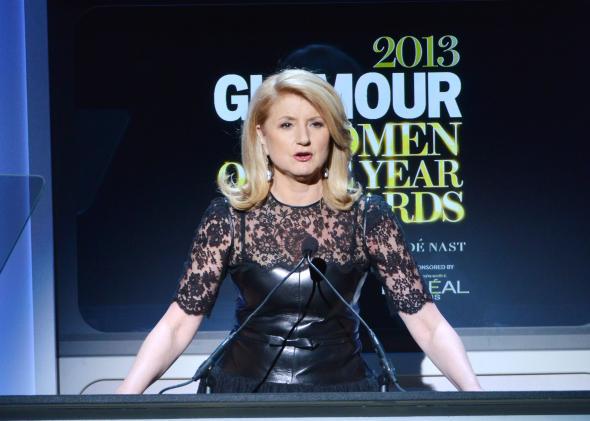The Women’s Media Center has released its yearly report on the status of women in the U.S. media. The wide-ranging report covers gender (and to some extent, racial) representation in newspapers, on the radio, in TV news, and in films and television shows. I’ll leave it to others to discuss the findings on Hollywood. As for the state of women in journalism, there are two particularly telling tidbits.
The first is that the publication, either digital or print, with the closest thing to gender parity is the Huffington Post. Forty-eight percent of all contributors to HuffPo were women during the last quarter of 2013. The depressing thing to note here is that “researchers were not able to distinguish [HuffPo’s] paid contributors from its nonpaid contributors.” So the fact that women are getting their voices out there doesn’t necessarily mean it’s doing their bank accounts much good. No matter how often writers are told that exposure is a kind of payment, retweets don’t pay the bills.
The second telling finding is that although the number of female radio journalists has increased a good deal—it went up 8 percent between 2012 and 2013 to 34.2 percent—only 20 percent of radio news directors are women, just slightly up from 2012. Amy Tardif, president of the Radio Television and Digital News Association, says, “If an organization does not already have women in management, it may not tend to hire women to be in management.” That’s the structural issue. Then there’s the individual issue, which is that women with families have trouble uprooting their children and spouses. “One of the key challenges for women in news is the inability for a married woman to move around the country with her family to gain better positions in the industry in larger markets,” Tardif says.
Again, the inability to travel or relocate keeps women from advancing to the highest rungs. For this to change, husbands must be more willing to be the “trailing spouse” and go somewhere new for their wives’ careers, as women have been doing for men for eons. The second is that a person shouldn’t be penalized forever for not being able to make a career move in the first half of her career. The current generation of workers is almost certainly going to be working past 65. Why shouldn’t a female news manager be given a shot at a director job at 50 if she’s offered that shot at 30?
